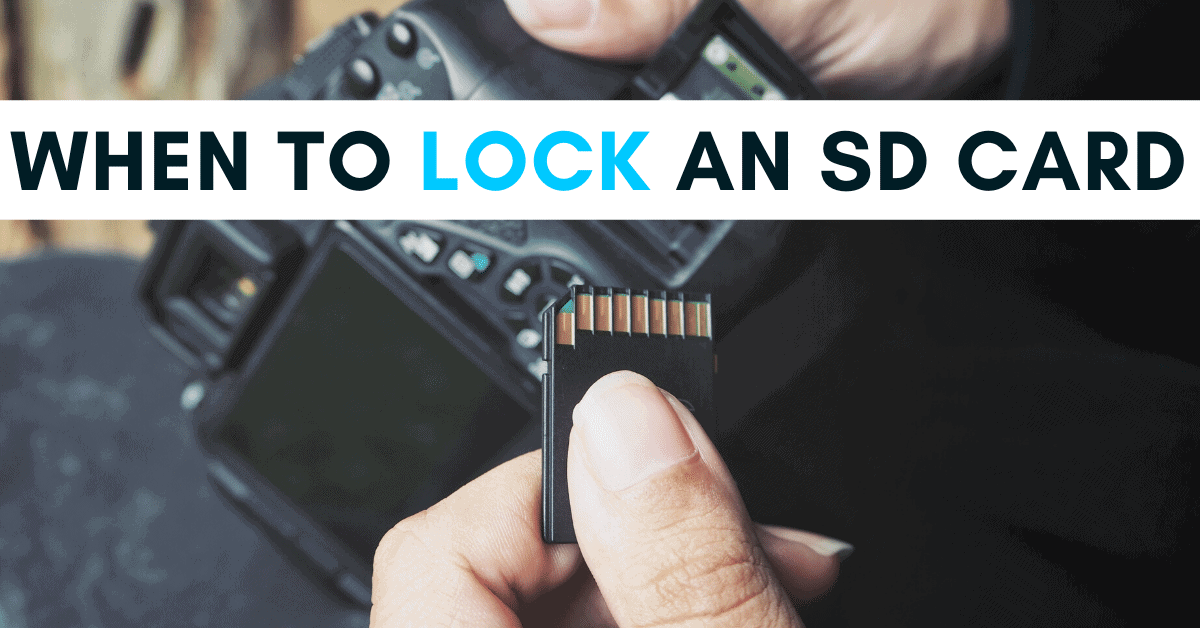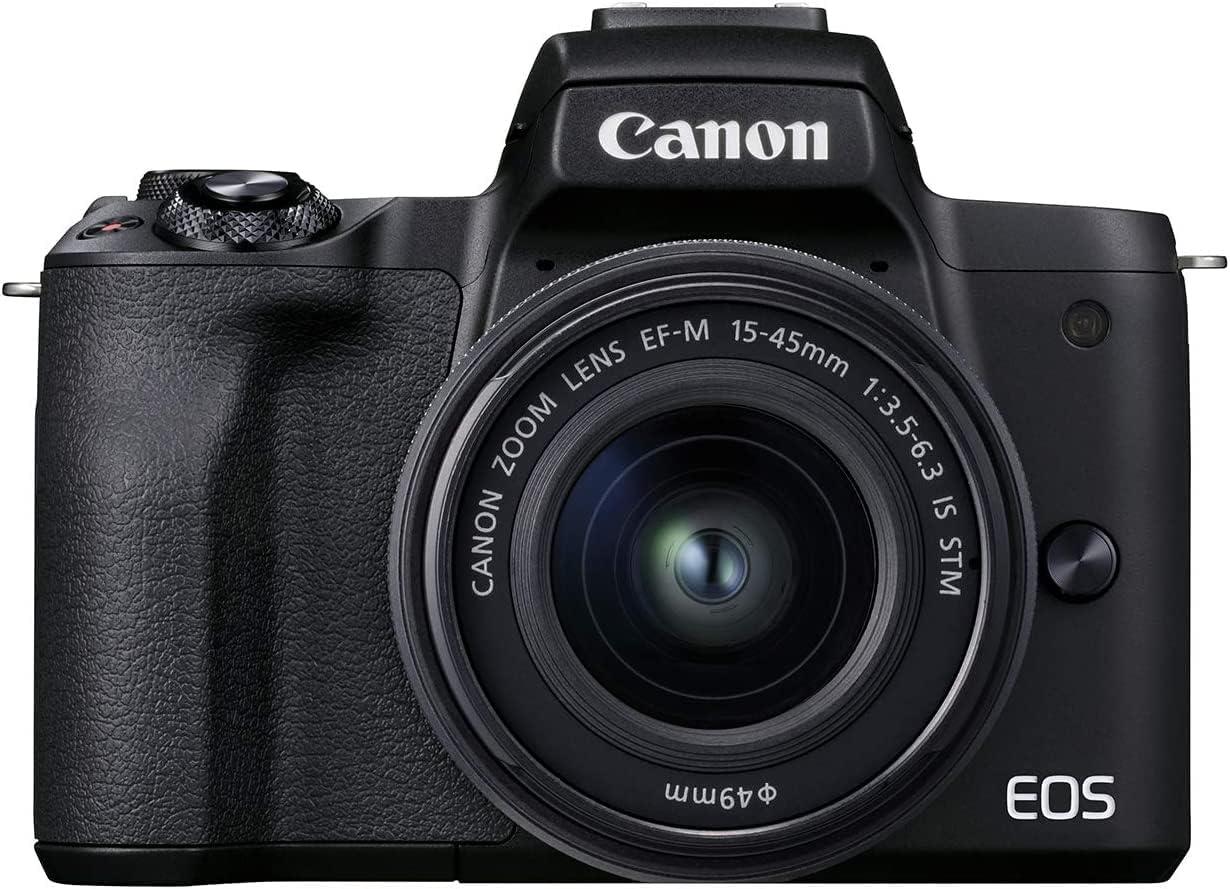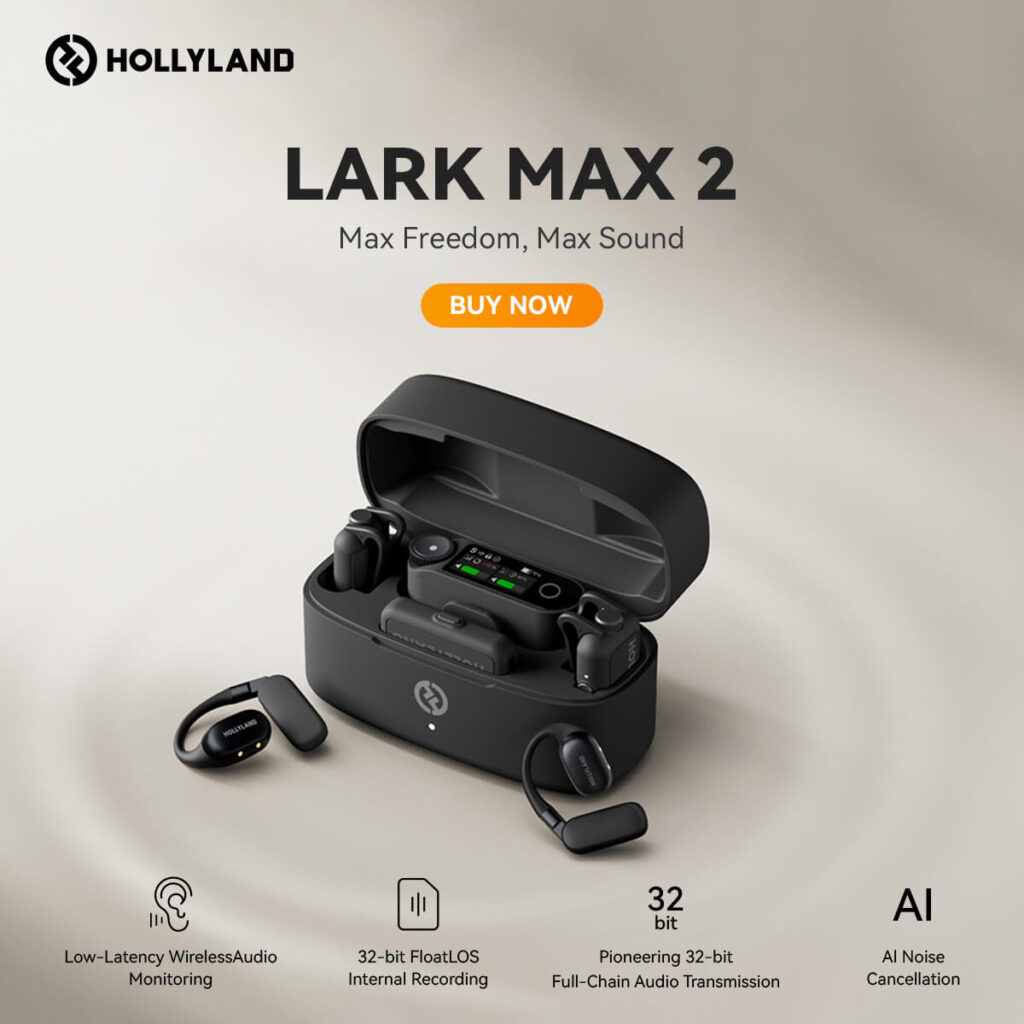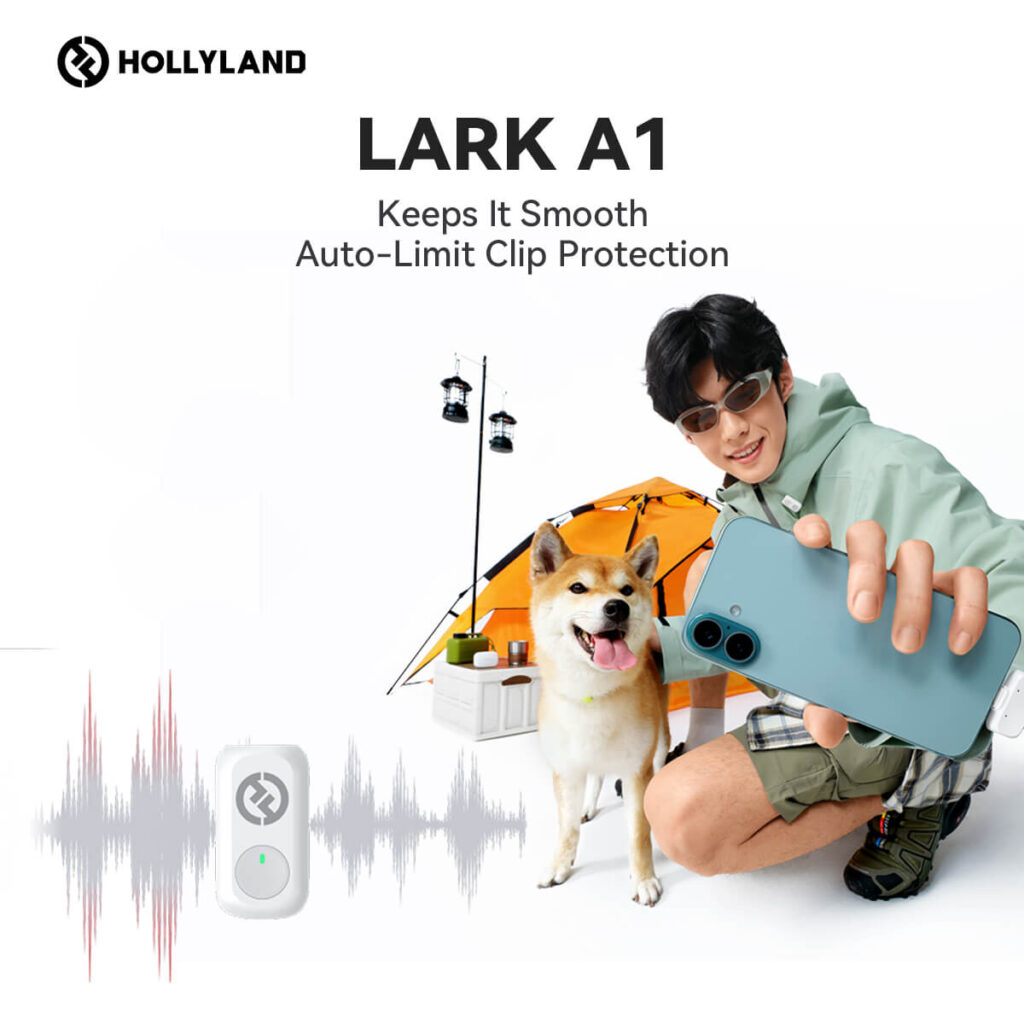Film photography is making a comeback among both professional and amateur photographers in recent years. Even in the digital age, the unique look and experience of shooting with film continues to have appeal.
Choosing the right camera is important when you are starting your film photography journey. Luckily, there are many excellent yet affordable options on the market today for beginners.
Our pick for the best film camera in 2024 is the Canon AE-1. This tried and tested camera offers both simplicity of operation and high performance. First introduced in 1976, the AE-1 has stood the test of time as one of the most popular entry-level SLR cameras ever made.
We have specifically curated the 8 top film cameras on the market this year for those looking to get started with this classic medium. If you are interested in photography as a profession or a passionate hobby, the film cameras in this guide offer the quality and reliability you need to capture life’s memorable moments on film. Let’s get started!
1. Canon AE-1 35mm: Best Overall Beginners Film Camera
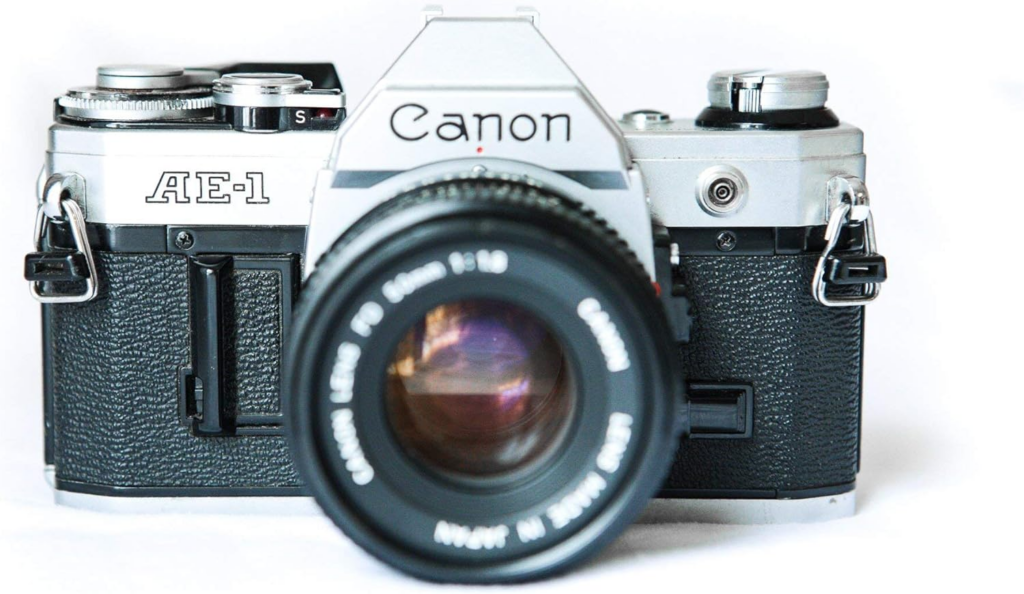
What we like
- Lightweight and compact body, great for travel
- Intuitive manual control dials
- Bright viewfinder makes composition easier
- Compatible with expansive FD lens series
- Quality construction and durability
- Common availability on the used market
What we don’t like
- Smaller hand grip is less ergonomic
- Plastic tips on strap lugs are prone to breaking
- Requires batteries to operate light meter
The Canon AE-1 has endured as one of the most popular 35mm film cameras for novice photographers since its introduction in 1976. Its manual controls will help you learn the relationships between aperture, shutter speed, and exposure while still offering automatic exposure capabilities. Mastering these concepts will pave your way to creative control down the road.
The AE-1 also wins many points for its lightweight and compact plastic body, making it an ideal travel companion without compromising durability. While simple and unintimidating on the surface, the AE-1 packs helpful features like a bright viewfinder, battery check/metering display, and compatibility with the extensive FD lens series.
If you are just starting, you will appreciate the ability to experiment with various focal lengths with the AE-1. It even enables stop-down metering with earlier FL-mount lenses. Yes, it lacks more modern performance attributes like autofocus but it delivers a thoughtful balance of automation and manual override for beginner photographers.
Canon manufactured over one million units, and thanks to the AE-1’s straightforward design, finding a working model on the used market or Amazon is fairly straightforward. Keep in mind that as a manual focus camera, shooting fast action or in low light may prove difficult. Nonetheless, with care and proper handling, the AE-1 can provide you with years of photography joy without breaking the bank.
In the decades since being discontinued, few other film cameras have matched the AE-1’s popularity and accessibility to first-time shooters. If you are looking to dip your toes into film photography, the AE-1’s blend of simplicity and customization hits a sweet spot that cemented its reputation as a gateway camera for generations to come.
2. Leica M6 Rangefinder: Best Premium Beginner Film Camera
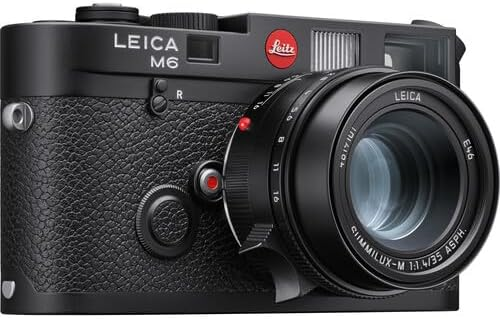
What we like
- Sleek rangefinder design
- Bright enhanced viewfinder
- Intuitive light metering system
- The brass top cover increases the durability
- Straightforward analog controls
- Handcrafted fine craftsmanship
What we don’t like
- Not as rugged as SLR build
- More maintenance required
Reintroduced in 2022, the Leica M6 retains the essence of analog photography while standing up to modern demands. The M6 extends Leica’s century-long legacy into the hands of newbie film photographers being a simplified model from an iconic brand. Its timeless rangefinder design represents the romanticism of traditional photography, now with contemporary creature comforts.
The M6 adds welcome updates like a brighter 0.72x viewfinder, abrasion-resistant top plate, and intuitive light meter display. The exposure system analyzes lighting conditions through the shutter cloth itself—a subtle nod to heritage models.
That said, approachability and ease remain at the forefront, evident in the clear and simple controls. The sturdy construction carries Leica’s signature refinement, designed for you if you are pursuing film photography with an artistic eye.
As expected with a premium brand, the M6 commands a higher budget compared to entry-level models. However, Leica’s focus on quality materials and workmanship ensures it can sufficiently withstand amateur use. Treat it properly and the M6 makes for a worthy lifetime companion. Its simplicity also translates well to analog beginners seeking a forgiving yet full-featured creative tool.
The M6 is a cornerstone model that will usher you into Leica’s storied lineage by blending classic charm with modern tweaks. Its streamlined functionality shines a light on the craft’s fundamental pleasures, great for you if you are getting into film anew in the digital age.
3. Fujifilm Instax Mini 11: Best Budget Film Camera for Novices
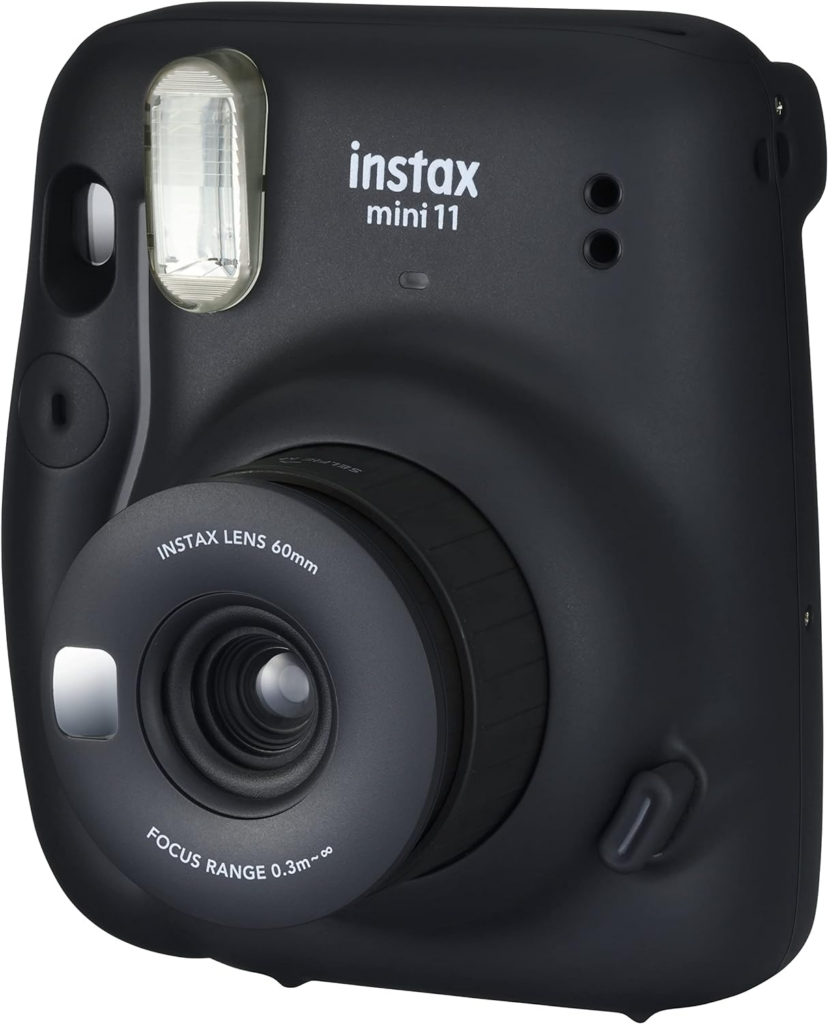
What we like
- Instant print delivery
- Intuitive auto exposure
- Macro/selfie portrait mode
- Toy-like fashionable design
- AA battery powered
What we don’t like
- Image quality is not as refined
- Ongoing film pack costs
- Smaller print size
As Fujifilm’s latest iteration of their popular Instax Mini line, the Instax Mini 11 brings instant film photography to life with a fun and casual approach. Its toy-like design hides automated features that spare you from fiddling with controls and settings. Simply point, shoot, and watch memories emerge on credit card-sized prints.
The Mini 11 makes capturing selfies and close-ups enjoyable courtesy of a mirror beside the lens and a toggle for switching to a built-in macro mode. It enables optimal shutter timing while the flash adjusts intensity based on ambient lighting. While image quality may fall short of seasoned film cameras initially, practice pays off.
Keep in mind that as an instant camera, shooting with the Mini 11 leans exploration at first. Costs can also add up over time if you aren’t judicious with the shutter button. Nonetheless, its automatic operation shines as a casual creative outlet rather than a professional tool. As a budding photographer, you will appreciate seeing your shots materialize on the spot.
The easy-breezy Mini 11 reveals the joys of film photography to beginners through instant gratification by blending modern portability with old-school charm. Its automated features are meant to distill the analog experience down to simple fun.
4. Kodak Ektar H35: Budget Half-Frame Film Novice camera

What we like
- Half-frame 35mm film format
- Built-in flash convenience
- Pocketable size and portability
- Doubles the number of photos per roll
- Straightforward automated operation
What we don’t like
- Few manual control options
KODAK’s Ektar H35 provides a classic shooting experience in a charming miniature form factor. It uses half-frame 35mm film, capturing taller images that yield around double the photos per roll. This unique format provides digital-accustomed photographers with more opportunities to experiment without excessive waste. Its pocketable size also enhances portability for daily candid moments.
Despite a fixed focus lens and limited controls, the Ektar H35 offers built-in flash capabilities that broaden shooting versatility. Simply rotate the ring surrounding the lens to enable the flash for low-light scenes.
An automatic exposure system tailors shutter speed accordingly while the fixed focus eliminates manual focusing. Such straightforward operation suits you well if you are a first-time user looking to dip your toes into film photography.
The Ektar H35’s automated point-and-shoot design does entail creative limitations if you are seeking advanced techniques. Nonetheless, its devil-may-care simplicity paired with the unique half-frame format opens the doors to experimentation without fears of failure. Budding photographers can hone composition skills through ample practice.
This beginner-friendly film camera captures the experimental spirit of analog photography through sheer shooting freedom. It also meshes automation with an uncommon half-frame film format which allows you to leave your comfort zone and indulge your creative side without apprehension. Weighing it all, the Ektar H35 makes film photography more convenient and economical for beginners like you.
5. Pentax K1000 Manual Focus SLR: Best Classic Film Camera
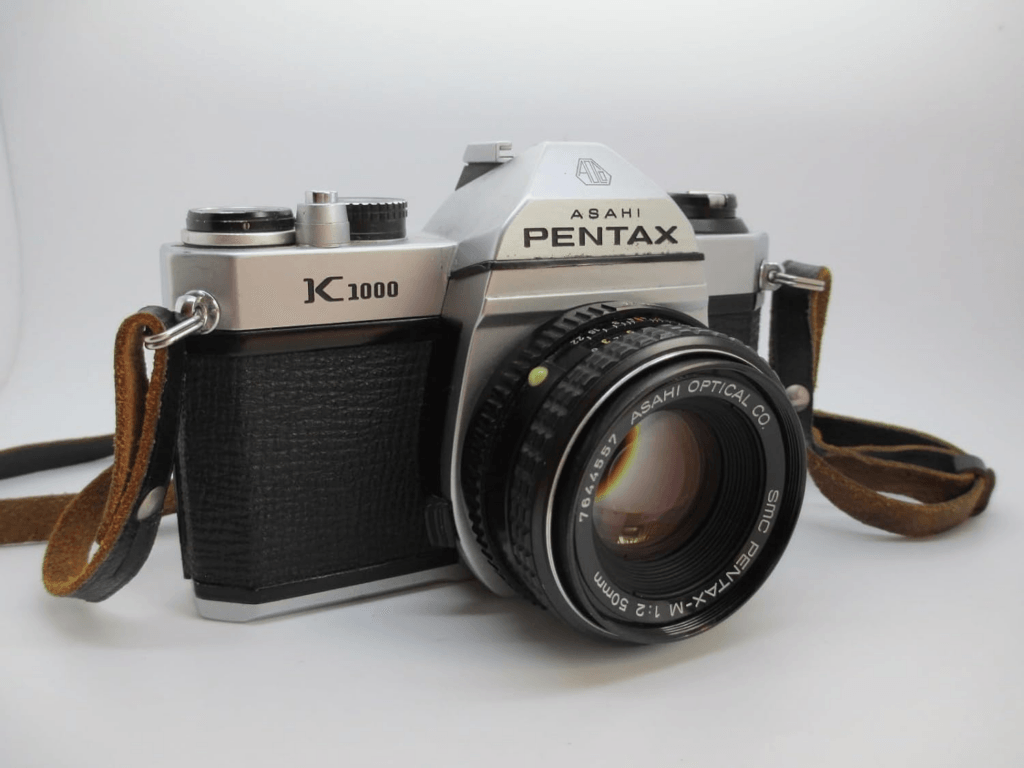
What we like
- Fully manual control dials
- Durable all-mechanical construction
- Split-prism focusing screen
- Compatible with a huge range of K-mount lens
- Needle match-needle light meter
- No battery is required for basic operation
What we don’t like
- Manual focus and exposure are less intuitive initially
- All manual makes shooting more tedious
The classic Pentax K1000 promises photography’s fundamental lessons through wholly manual operation. Nicknamed the “student’s camera”, its Spartan design omits automation to instead promote an intuitive grasp of exposure triangle essentials.
What it lacks in features it makes up for in durability, relying on robust mechanics with limited electronics. This simplicity enables you as a novice to visualize the direct impact of adjusting aperture, shutter speed, and focus rather than decoding an interface.
The K1000 also brings flexibility for experimentation via broad K-mount lens compatibility. Its split-prism focusing screen assists manual focus while a needle match-needle light meter shows measured exposure levels. Unlike most film cameras, it doesn’t need batteries to function, only to power the meter.
Such resilience paired with easy repairs contributes to a long service life even under heavy use. The K1000 thus continues to enjoy popularity in photography courses thanks to its emphasis on substance over style.
The fully manual K1000 does demand some commitment for mastery because It has no automatic options. Shooting fluidly takes practice compared to point-and-shoots. Similarly, its lifeless exterior lacks the prestige of pricier models. The K1000 will allow you to grasp fundamentals that many cameras now abstract through simplicity. Consider it a rite of passage if serious about learning the craft.
6. Olympus Pen EE 3 Half-frame Camera
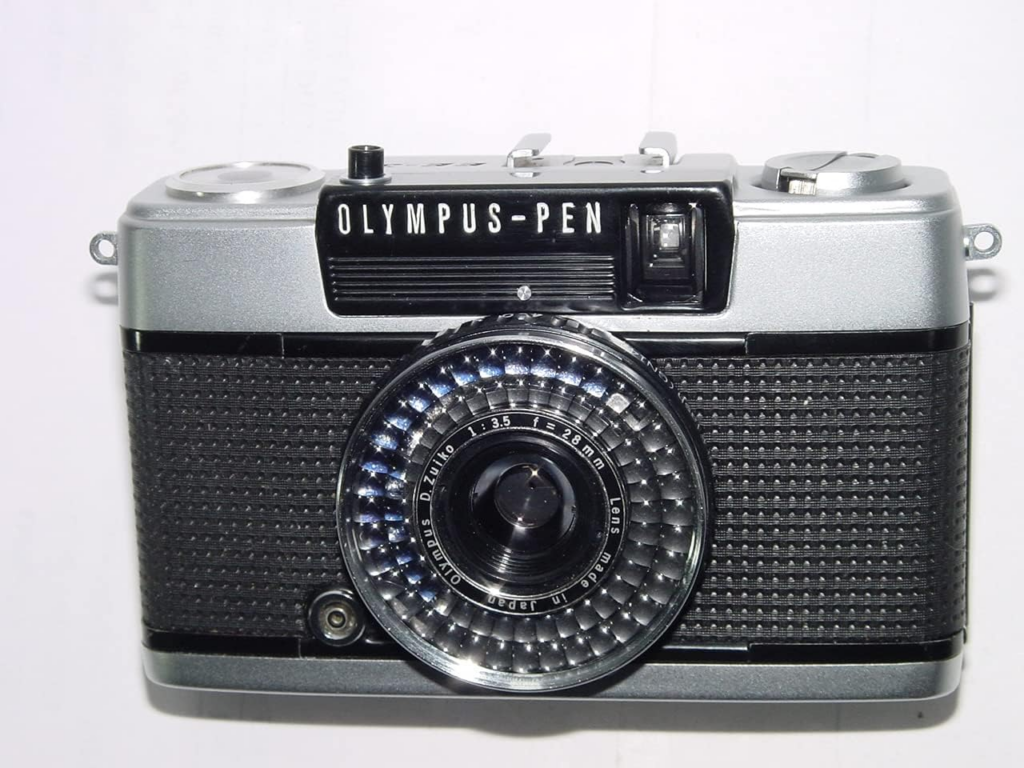
What we like
- Half-frame 72 shots per roll
- Fully automated exposure
- Extremely compact size
- 28mm fixed wide-angle lens
- All-mechanical metal construction
- Sought-after vintage model
What we don’t like
- Few manual control options
- Battery required for light meter
The Olympus Pen EE squeezes added potential from 35mm film through a nifty half-frame format. As an early pioneer of the concept, this all-mechanical 1960s classic captures images at double the count on standard rolls. Its automated exposure and fixed 28mm lens also simplify the shooting process to an absolute minimum. Just compose, and let the EE’s “electric eye” handle the technicalities.
The ease of operation suits beginners like you likely more interested in capturing life’s fleeting moments over fine-tuning settings. The EE’s long production run further spotlights its sustained popularity at the time, while collectability enables availability today. Sturdy metal construction equally inspires confidence in the pocketable body’s everyday dependability. And for its size, the EE’s feature set feels remarkably complete.
Admittedly for a camera of its era, the Pen EE does lack more contemporary niceties like autofocus or DX film coding. Similarly, creative control remains limited given the fixed exposure solution and lens angle of view. Yet through constraints comes focus—the simplicity compels photographers to fully exploit framing and composition within the confines. Therein lies the true value to budding film photographers.
The Olympus Pen EE distills casual photography to its artistic essence through straightforward operation and a unique format. Its automated capture will keep you focused on the subject while coaxing added potential from familiar 35mm film. The recipe struck a chord among photographers then, as it does now with hobbyists like you and I embracing film again through modern eyes!
7. The Leica MP: The Best Modern Premium Option
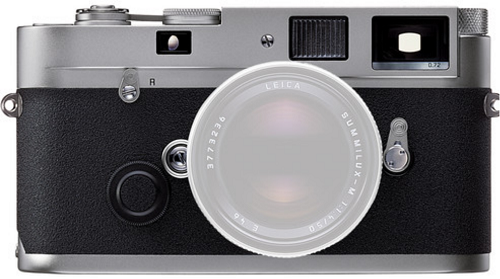
What we like
- Meticulously refined design
- Fully mechanical control
- Bright 0.72x optical viewfinder
- Durable metal construction
- Manual focus fosters technique
- Legendary Leica M lens ecosystem
What we don’t like
- More demanding maintenance
- Focusing is difficult without aids
Positioned as Leica’s flagship film rangefinder, the MP (short for “mechanical perfection”) lives up to its name through meticulous refinement only possible from over 50 years of continuous production. Make no mistake, everything about the MP caters to seasoned professionals rather than casual shooters. Yet beneath its businesslike exterior lies an approachable creative tool if you are willing to grow into its capabilities.
The Leica MP strips away any automated features to instead provide intuitive manual control over exposure and focus. Its nearly silent cloth focal plane shutter enables subtle candid photography, while the renowned Leica viewfinder presents a bright, detailed image even in dim light.
This particular camera’s excellence is matched by the distressed metal chassis that stands up to real-world punishment. Of course, performance extends only as far as the paired lens. Here the MP enjoys the legendary Leica M lens ecosystem.
The MP commands a striking premium that challenges affordability for beginners. Similarly, its manual focus and lack of automation increases the learning curve. But through dedication and proper mentorship, the MP removes technological barriers to reward skillful technique.
Should you choose this one, consider it like learning photography on heavyweight analog equipment before adopting advanced digital. The journey may prove rocky, but the destination makes the effort worthwhile.
This highly capable film camera provides a rite of passage if you are a developing photographer through sheer mastery of craft. Its design compels you to focus on mastering the photographic basics rather than relying on technological crutches. The result is a tool engineered to last a lifetime alongside your growing skill set.
8. Olympus XA 35mm Film RangeFinder Camera

What we like
- Truly pocketable thin design
- Sharp 35mm f/2.8 Zuiko lens
- Rangefinder assisted focus
- Aperture priority auto-exposure
- Manual film advance control
- Supports external flash
What we don’t like
- Smaller viewfinder than SLRs
- Ergonomics is not ideal over long shoots
- Electronics make repairs difficult
The pocket-sized Olympus XA packs impressive capabilities into an ingeniously slender body. Despite measuring just over half an inch thick, it provides aperture-priority auto-exposure along with rangefinder-assisted manual focusing.
Its superb Zuiko 35mm f/2.8 lens even bears the optics manufacturer’s storied reputation for performance. Still, for all its sophistication, straightforward operation stands central to the XA’s appeal.
You will appreciate the tactile control over key functions like film advance, aperture setting, and shutter release. Exposure gets accurately measured electronically while focus distance appears through the viewfinder.
For tricky lighting situations, a push-button brightens backgrounds up to two stops. The XA’s scale-focusing also introduces zone-focusing techniques to beginners. Its tiny built-in flash accommodates mixed ambient/artificial scenarios.
Given such diminished size, sacrifices have been made in areas like viewfinder brightness and ergonomics. At the same time, the faster lens and rangefinder raise the cost compared to basic point-and-shoots. However, no other film camera has so successfully balanced premium features into a shirt-pocketable form.
The Olympus XA’s thoughtful mix of precision optics, electronic automation, and tactile control in a staggeringly compact body directly influenced a generation of film camera design. Nearly 40 years later, none have truly replicated the magic formula that made it a cult favorite for street shooters and incognito journalists alike seeking quality results on the fly.
How to Choose a Film Camera in 2024
Here are the key criteria to use when selecting a film camera in 2024:
Ease of Use
Look for clear, intuitive controls and operations. Manual focus and exposure settings may require some learning, but fundamental functions like film loading and advancement should be straightforward in a good beginner camera. Models like the Canon AE-1 strike a balance.
Availability of Film and Accessories
Ensure the camera uses an easily obtainable film format today like 35mm or 120. Instant formats like Instax are also still manufactured. Discontinued film types will be challenging to find. Ensure you check the local availability of film and accessories too.
Affordability and Maintenance
Prices can vary widely for used film cameras. Consider beginner models like Canon AE-1. Premium brands like Leica carry higher costs. Make sure you assess the ease of self-service via simple mechanical designs in cameras like the Pentax K1000 versus difficult electronics in point-and-shoots.
Common Film Type Considerations
35mm Film – Most widespread format, suitable for SLRs like Canon AE-1 and compacts alike. Color, black, and white negative films as well as slide films are available today. Good balance of image quality, convenience, and camera options.
120 Film/Medium Format – Provides larger film size than 35mm for improved clarity and fine detail rendition. Used for professional/fine artwork. More limited camera choices today centered around twin lens reflex or modular SLR systems.
Instant Film – Produces on-the-spot physical prints using pack film. This format is dominated by Fujifilm Instax and Polaroid today. It is fun for casual use although image quality and costs per shot are considerations versus conventional films.
Accessories to Consider
Consider used market availability of lenses, filters, flash components and original manufacturer service/repair capabilities given film cameras are out of production. The ability to use accessories modernizes the shooting experience.
Final Thoughts
Revisiting film in 2024 represents both nostalgia and invention for the analog format. Film perseveres among enthusiasts pioneering new creative territory even as the convenience of digital reigns for most. As a photographer setting out on this timeless journey, the cameras we highlighted will inspire you to follow your passion. Have fun with the film!
FAQ
Do I need experience to start using a film camera as a beginner?
While film cameras operate differently from digital models, most of the core photography skills transfer over. You’ll want to learn the specifics of manipulating manual camera settings like aperture, shutter speed, and focus.
Fundamentals like composition, exposure, and lighting translate directly. The film even offers some advantages for learning as you can focus more on craft rather than complex digital menus. Just approach your first rolls like mini experiments, practice consistently, and don’t worry about mistakes!
What accessories would help a film photography beginner?
Aside from the camera itself, crucial film camera accessories for beginners include a neck/hand strap for safe handling, additional lenses like a portrait 50mm prime and a wide-angle zoom to explore perspectives, external flash options to supplement built-in ones, lens filters for effects/protection, macro tubes for close-ups, remote releases for long exposures, and a tripod for stable setups in low light scenes or at slower shutter speeds. An accessory kit for film camera accessories makes a great gift!
Where are some places I can get film developed as a beginner?
Modern film development services are just a quick internet search away! High street photo stores may still process color negative films, slides, and black and white rolls on-site or through shipping. Specialty professional labs offer premium processing mainly online.
Remember to compare service tiers based on print/scan resolution, CD/downloadable files, turnaround times, and price. For black and white, you can even develop at home quite easily to radically cut costs and take creative control!





























.png)



